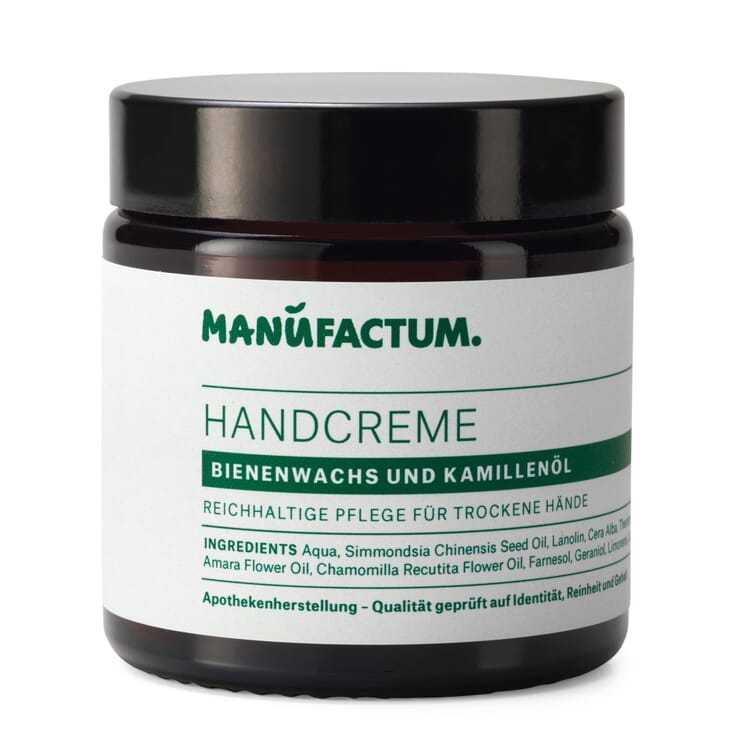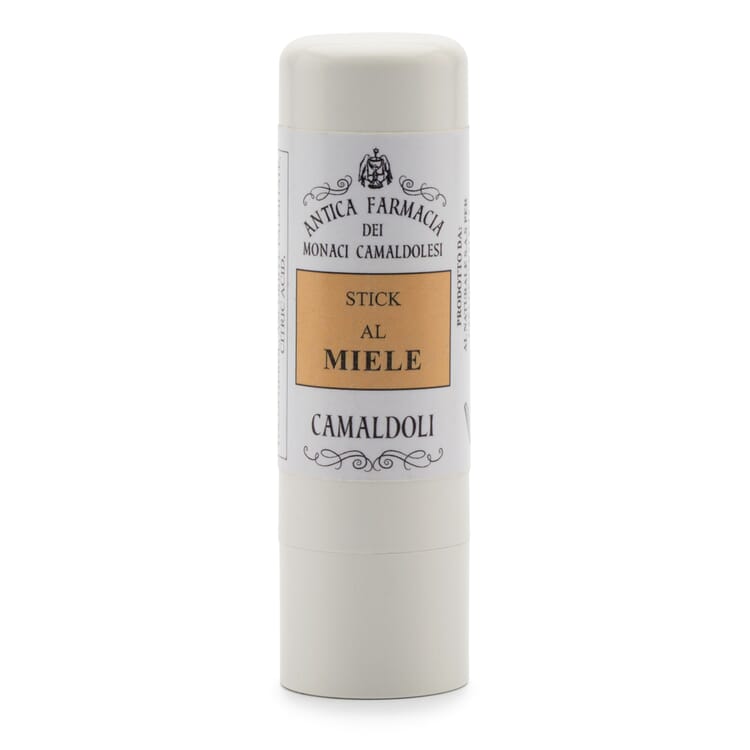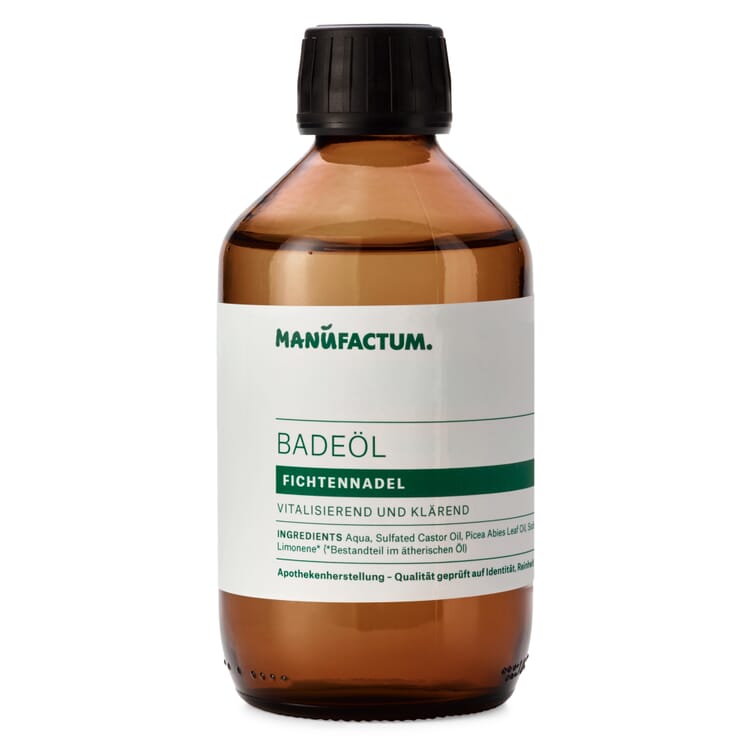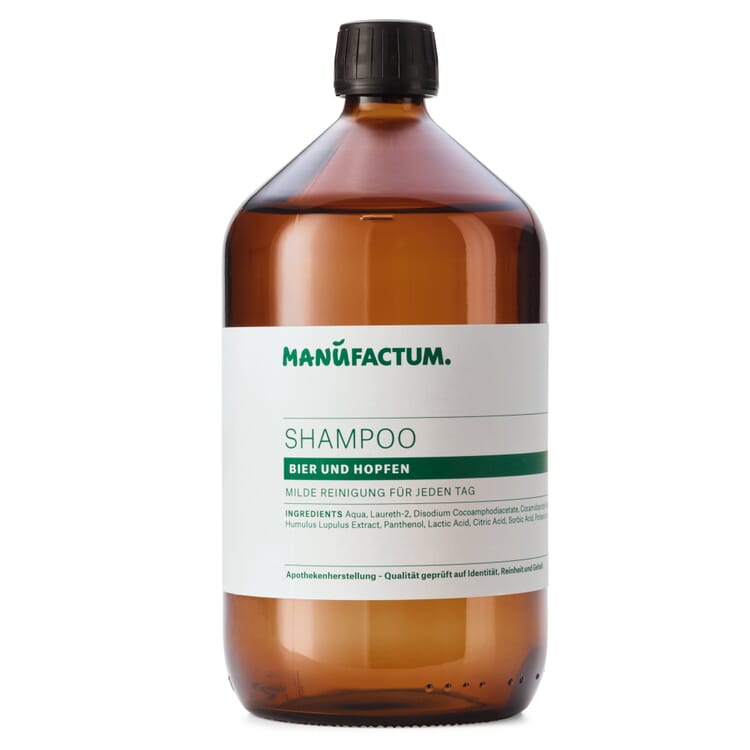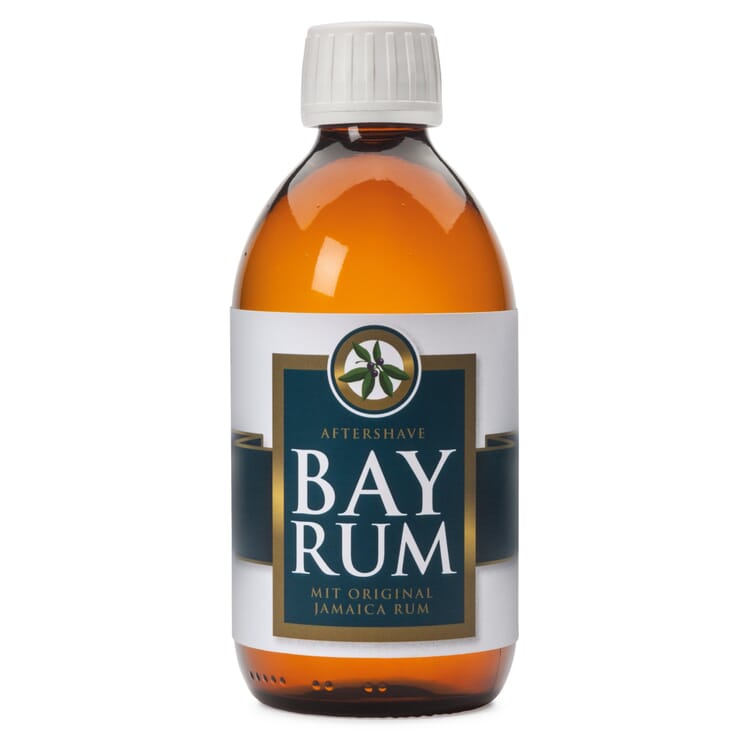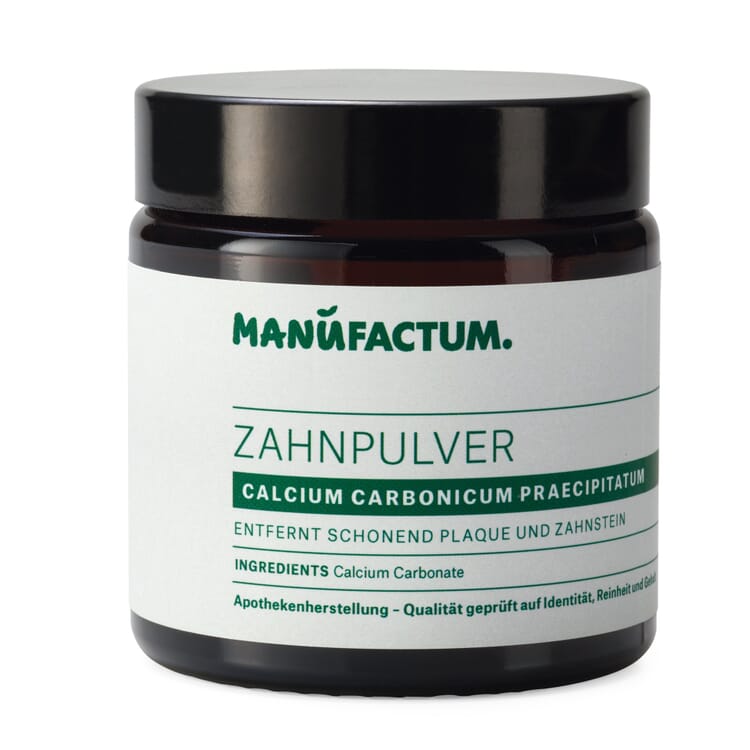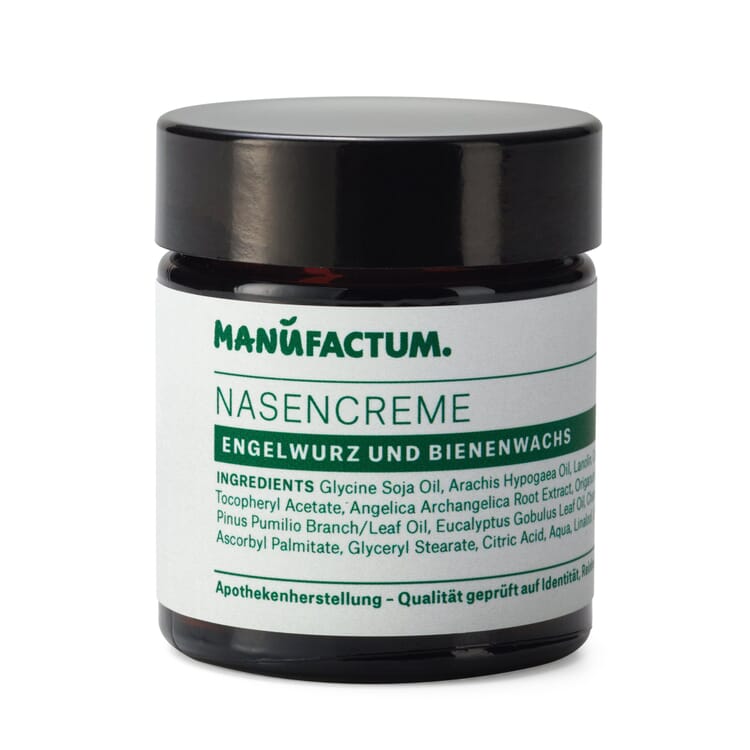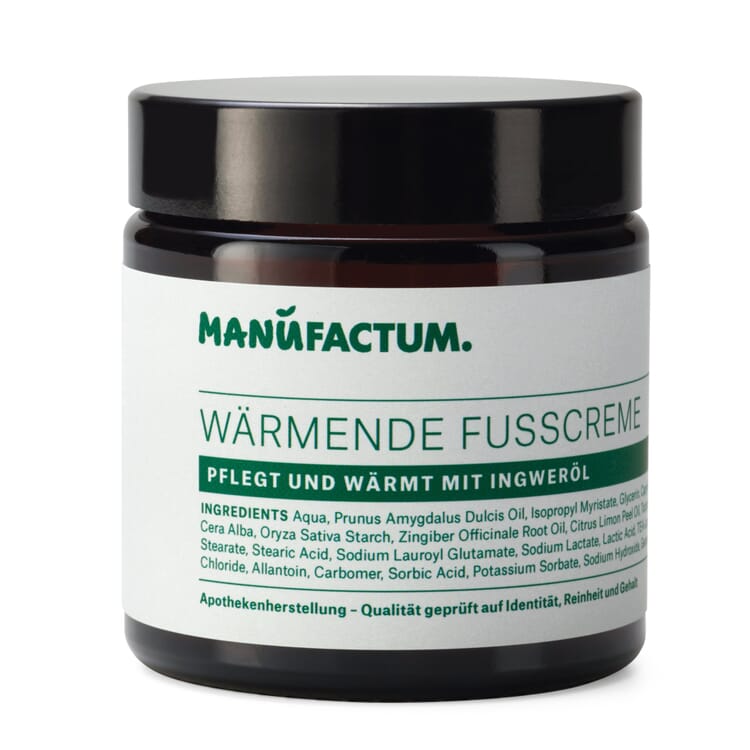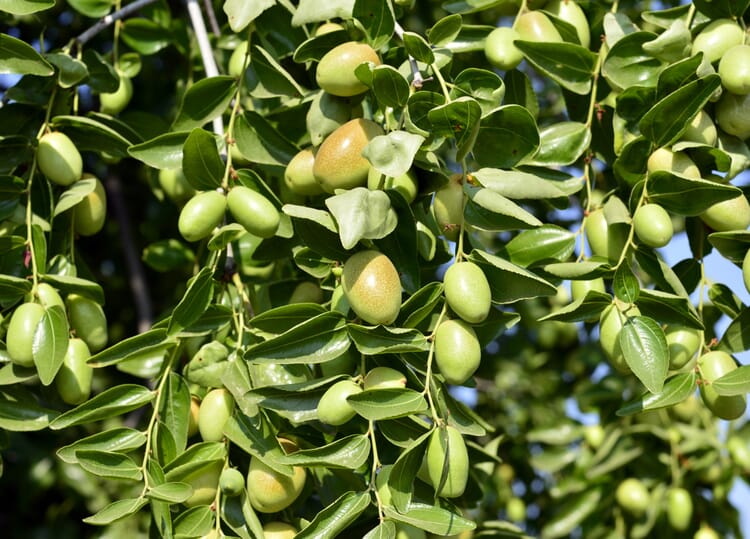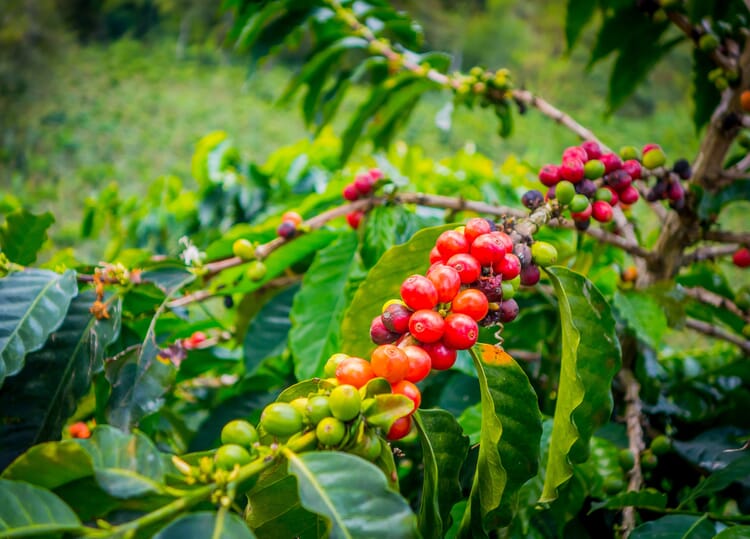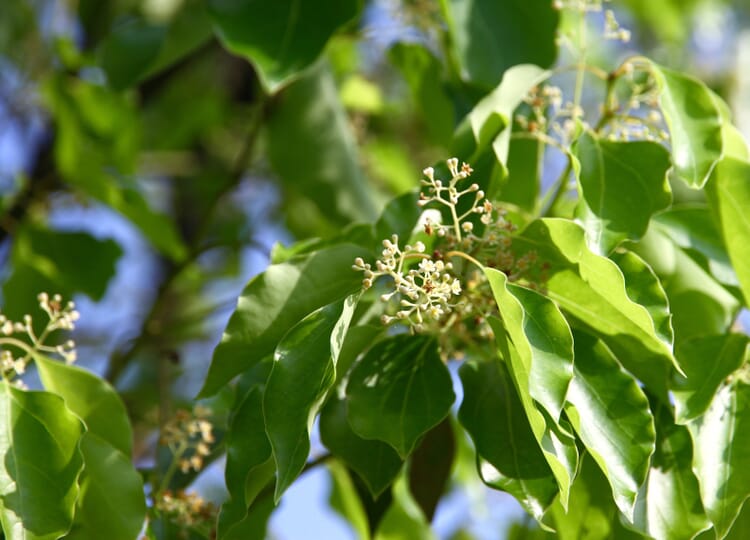Medicinal plants A|B|C
Cacao tree (Theobroma cacao)
With a height of "only" 15 meters, the evergreen cacao tree belongs to the undergrowth in the Amazon jungle. It likes it shady, roots only shallowly and needs neighboring trees to support it; even at maximum size, its trunk remains thin. Throughout the year, yellowish to reddish flowers appear directly on the trunk and on the thicker branches, where the yellowbrauncacao fruits, about 30 centimeters long, also ripen. Embedded in their flesh are five rows of seeds - the cocoa beans.
Origin and cultivation.
As early as 1,100 B.C., the Olmecs on the Gulf of Mexico were already using cocoa; it came to the Mayas via trade routes and only in the 14th century to the Aztecs of Central America. They called it "xocoatl" - bitter water. Today, cocoa comes mainly from the Ivory Coast and Ghana, as well as Indonesia. After harvesting, the cocoa fruits are broken open and the cocoa beans are fermented, dried and roasted; it is only through this treatment that they acquire their characteristic aroma and black color. By grinding and pressing the beans treated in this way, the valuable cocoa butter is obtained.
Ingredients.
A good half of the cocoa bean consists of a pale yellow fat that becomes liquid at body temperature - cocoa butter. Due to its high content of saturated fatty acids, it has a shelf life of up to two years, but is not highly recommended for cooking. In cosmetics, on the other hand, its best properties come into their own: it is quickly absorbed and makes the skin supple without leaving a greasy film on it. Last but not least, it gives cosmetic products a pleasant smell faintly reminiscent of cocoa.
Products with cocoa butter
Use of the cocoa butter.
- Cocoa butter is used as an ingredient or base for cosmetics, soaps and ointments and leaves the skin feeling soft
- as an additive in lotions, creams, bath additives and lip care products, it cares for dry and chapped skin. It performs particularly well in anti-wrinkle creams. Cocoa butter is less suitable for oily skin
- Cocoa butter on the skin repels insects.
- In the past, cocoa was offered in small quantities in pharmacies as a tonic, but only later did it establish itself as a stimulant. One reason for this is probably its mood-lifting and stimulating effect. Among other things, the alkaloids theobromine and caffeine are responsible for this.
- For dogs (and cats, but they are not easily enticed by cocoa), theobromine is harmful even in small quantities. So with a piece of chocolate, you're doing yourself a favor, but not your housemates.
Exclusive Manufactum body care products
Recommended Topics
The evergreen jojoba shrub grows in the Sonoran Desert, which occupies parts of Mexico, California and Arizona. The somewhat shaggy-looking shrub grows to about two meters high and is perfectly adapted to the dry climate: The taproot, which reaches up to ten meters in depth, supplies the plant with water, and the leathery, dull gray-green leaves are protected from too much evaporative loss by a layer of wax. The small, yellowish flowers appear from March to May.
View moreThe genus Coffea, which belongs to the red pepper family, comprises more than 100 species; only two of them are important for commercial cultivation: Arabica (C. arabica) and Robusta coffee (C. caneophora). The evergreen trees grow up to five and eight meters high, respectively. Their small white flowers produce coffee cherries, each of whose pulp encloses two seeds: the coffee beans. Because new flowers are formed over a long period of time, the trees bear flowers and fruits in all degrees of ripeness at the same time.
View moreThe evergreen camphor tree grows up to 30 meters high, it belongs to the laurel family and is a close relative of the cinnamon tree. All parts of the plant have an aromatic scent. At budding, the leaves are reddish in color, later they become shiny green and leathery; at ten centimeters long, they are as large as bay leaves. The bright yellow flowers grow in small clusters and produce black, pea-sized fruits.
View more






